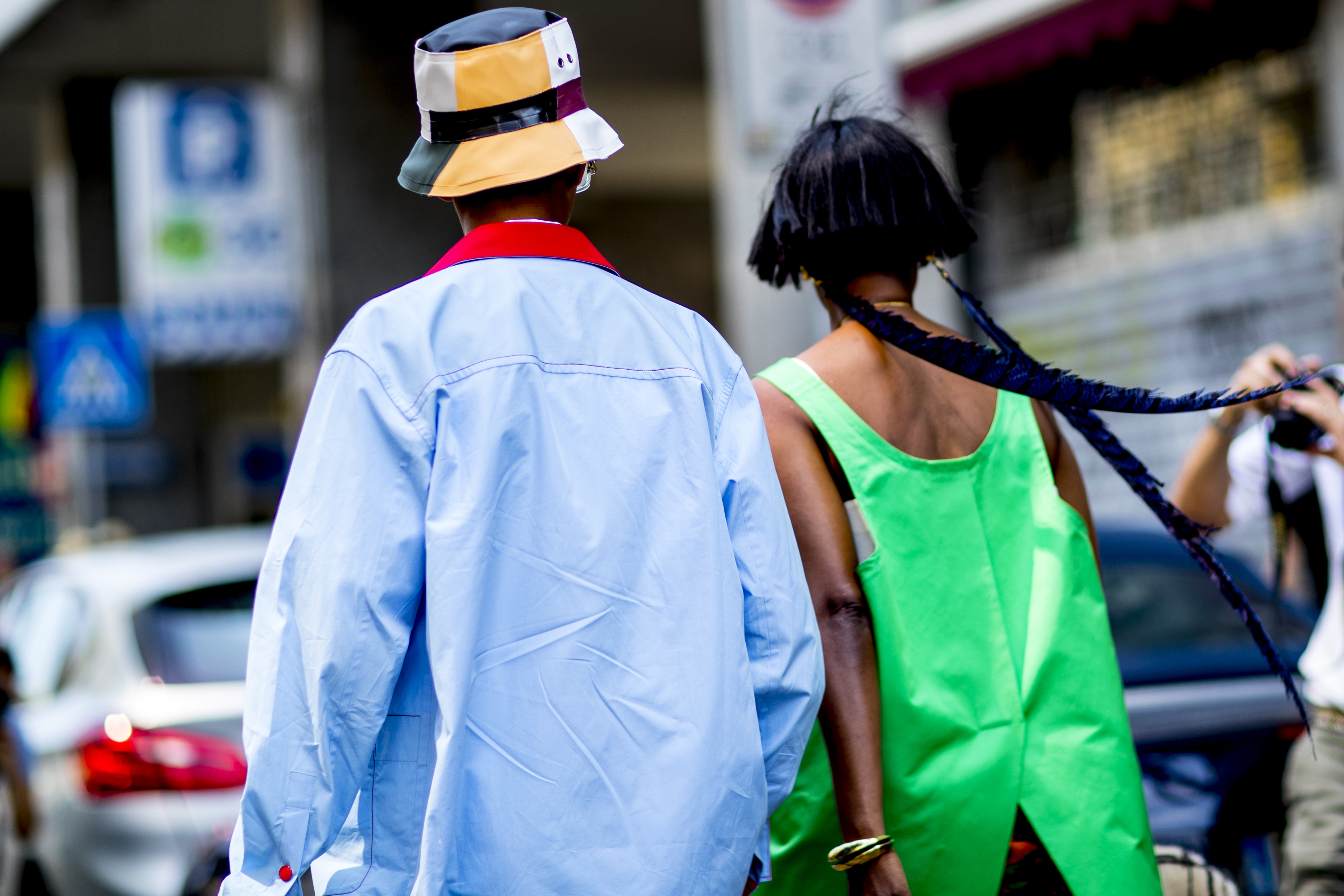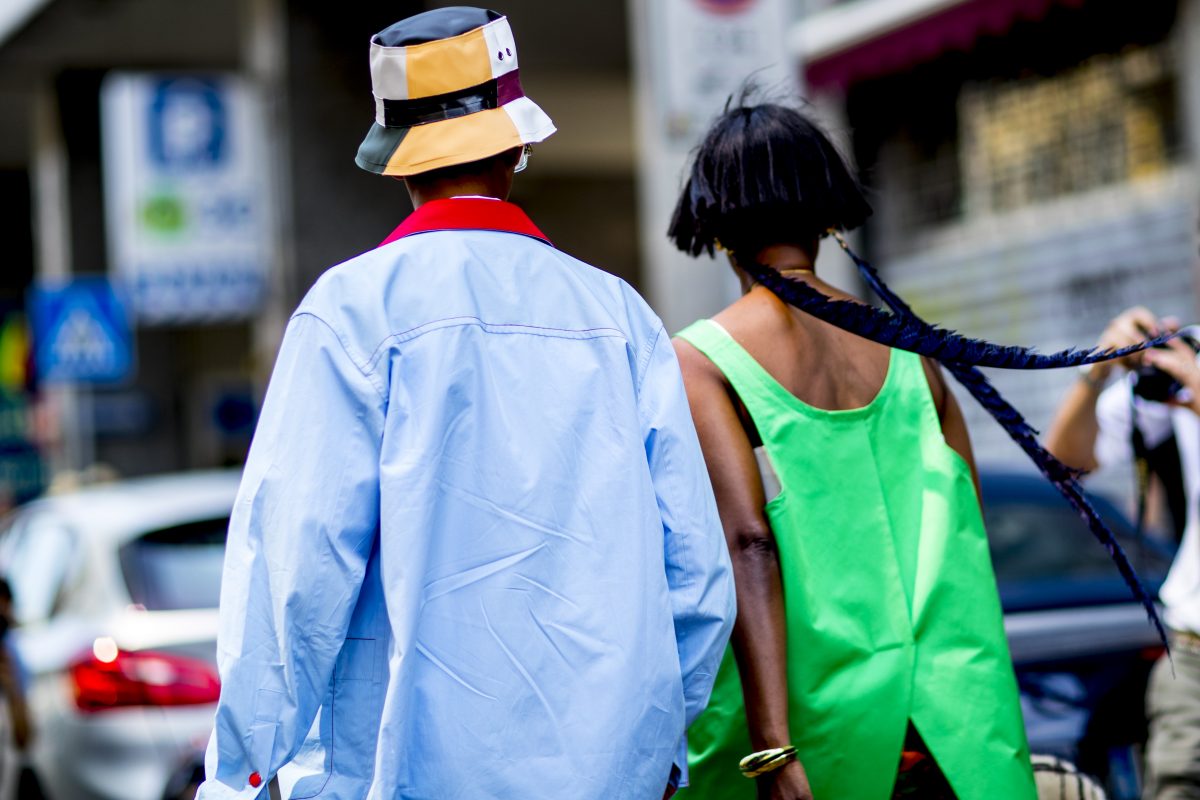
As each season draws to a close, our data and fashion analysts at WGSN Analytics Division put together their strategies for success for the next season, register now for our webinar on Wednesday 29th August to learn more.
S/S 18 saw retailers attempting to crack the puzzle of the online/offline balance. Retailers are experimenting with e-commerce phasing strategies and as a consequence, volumes of new womenswear products grew 9% YOY. However, consumer spend continues to drift to experiences and increasing utility costs – lessening demand for discretionary items like clothing and footwear.
Quite simply, this has led to a significant overstock in the market this season, with overall product volumes growing 6% YOY. Witnessed across the board, the recent news of Burberry and Nike burning left-over stock only emphasises this catastrophic issue. So here are three ways retailers can tackle the build-up of product without the need for discounting.
Test and repeat
Within this frenzied landscape, some retailers are actually decreasing volumes to align with the diminishing demand. With their short lead times, online pureplays such as ASOS and Boohoo are able to implement a test and repeat type model. By injecting smaller but better ranges, the risk of overstock is immediately reduced – giving room for retailers to experiment without a big investment. This won’t work for everyone however, like White Stuff’s recent attempt, because the process has to align with what the core customer needs. If the customer doesn’t require a constant stream of newness, this limited, testing model won’t be a success.
Open to buy
For those that it won’t work for, take a leaf out of the book of John Lewis. They are also recognising the need to adopt a more agile approach to new product but are instead expanding their in-season flexibility by increasing their open to buy budgets. This will give retailers the room to become more reactive to both internal and external influences each season faces – but this is a big investment as it dramatically changes the traditional ways of working. To ensure the right product is delivered at the right time however, this strategy is a must-do and will further reduce the need for markdowns.
Perceived newness
Finally, the idea of perceived newness also comes into play. As seen at Zara and ASOS, existing products can be rotated and repurposed through online and offline merchandising – giving the impression of an entirely new look. Styling these items alongside new pieces will refresh assortments, re-igniting lost demand.
Find out more about WGSN Analytics Division, helping fashion businesses optimise trading in a digital-first competitive landscape by combining data analytics and specialist fashion insight.
Know what’s next. Become a WGSN member today to benefit from our daily trend intelligence, retail analytics, consumer insights and bespoke consultancy services.

